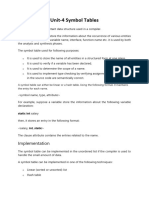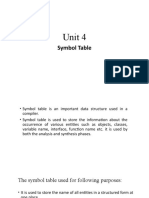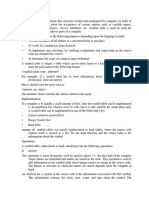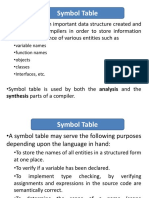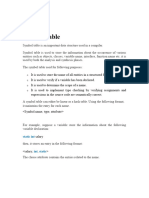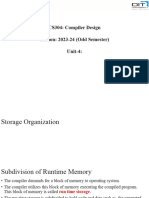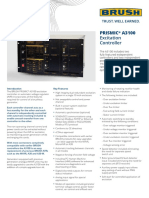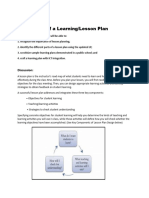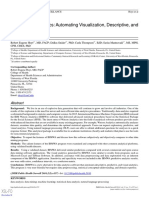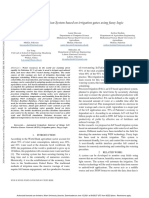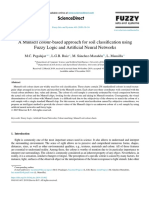0% found this document useful (0 votes)
30 views10 pagesCompiler Design - Unit 4 NOTES
The document discusses the symbol table, a crucial data structure in compiler design used to store information about various entities like variables and functions. It outlines its purposes, operations such as insert() and lookup(), and the implementation techniques including linear lists and hash tables. Additionally, it covers the organization of run-time memory, activation records, and different memory allocation strategies like static, stack, and heap allocation.
Uploaded by
xilike5698Copyright
© © All Rights Reserved
We take content rights seriously. If you suspect this is your content, claim it here.
Available Formats
Download as PDF, TXT or read online on Scribd
0% found this document useful (0 votes)
30 views10 pagesCompiler Design - Unit 4 NOTES
The document discusses the symbol table, a crucial data structure in compiler design used to store information about various entities like variables and functions. It outlines its purposes, operations such as insert() and lookup(), and the implementation techniques including linear lists and hash tables. Additionally, it covers the organization of run-time memory, activation records, and different memory allocation strategies like static, stack, and heap allocation.
Uploaded by
xilike5698Copyright
© © All Rights Reserved
We take content rights seriously. If you suspect this is your content, claim it here.
Available Formats
Download as PDF, TXT or read online on Scribd
/ 10
